Introduction
Ductless HVAC systems are a great choice for residential and commercial owners alike. They go by many names, such as mini-split systems, ductless HVAC systems, ductless mini-split air conditioners, mini-splits, ductless air conditioners, and more. The reason why they go by so many names is because they can vary in function. While some ductless HVAC systems can both heat and cool a room, others cannot, causing them to be categorized differently because of it. Ductless HVAC systems work similarly to traditional HVAC systems but differ in a few key ways, such as the fact they are smaller and don’t have ductwork—hence their name. Ductless HVAC systems have several pros making them worth buying, but a few cons that show why they don’t work for all homes and businesses. In this blog post, we will discuss what ductless HVAC systems are, how they work, and what the pros and cons of them are. If you have any questions after reading, leave a comment below, and we will try to answer them the best we can.
What Are Ductless Systems?
Ductless HVAC systems are HVAC systems that function without ductwork. They all have that in common, even though they have many definitions. Some of the common definitions of ductless HVAC systems are an air conditioner that cools air without the use of ductwork, an HVAC unit comprising of indoor and outdoor units with a thermostat connected by wiring or tubing, and an HVAC system that can consist of an evaporator, condenser, line set, and a heat pump that functions without the use of ductwork. The reason why ductless HVAC systems have several definitions is because some of them can cool and heat homes while others can only cool homes.
Ductless HVAC systems can be customized for a home’s specific needs all the way from being able to heat and cool a building to installation placement and unit size. They can be installed by being mounted to the wall, standing on the floor, being suspended from the ceiling, and mounted flush into a drop ceiling. They can also be discreetly hidden from plain sight. Most ductless HVAC units are wall-mounted air conditioners. While wall-mounted ductless units are not discreet, they tend to be cheaper. Different types of indoor units, such as wall mounted units, floor-standing units, and more, as mentioned above, can be mixed and matched too. For example, a homeowner could have a wall-mounted indoor unit in one room and a floor-standing one in the other room. It is all up to what the owner wants and needs for their home or business.
There are two types of ductless HVAC systems: single-zone and multi-zone systems. Single-zone systems only include one indoor unit. Multi-zone systems include two or more indoor units. Depending on the system chosen, multi-zones can support up to eight indoor units. Each indoor unit can cool and possibly heat one room. Because each indoor unit is largely independent from one another, they have their own climate control units—usually wall-mounted thermostats, but some do come with remote controls. With the indoor units being so independent from each other, each room can have different temperatures. This allows for a certain amount of flexibility that is not available with traditional ductwork systems.
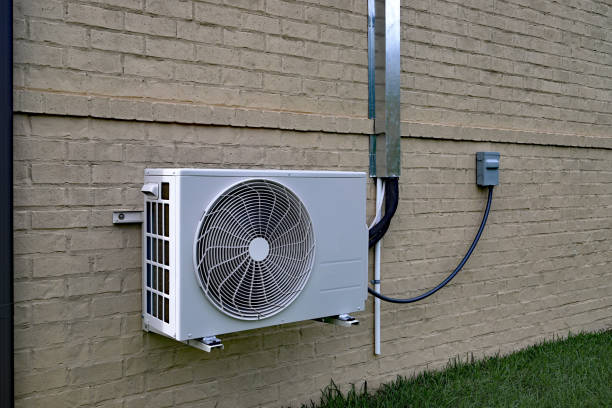
What Are the Pros?
There are several pros to owning a ductless HVAC system. They are energy-efficient, flexible, and only require minimal installation work. They also allow owners to control the temperature in specific rooms and run quietly, as mentioned in the “What Are They” section. In this section, we will talk about a few of the pros of owning a ductless HVAC system.
- Energy Efficient
Ductless HVAC systems are incredibly energy efficient. With a ductless HVAC system, owners can save more money in the long run when heating or cooling a room. To be exact, according to Energy.Gov, over 30% of energy can be lost to ductwork, especially if the ducts are in an unconditioned area. Ductless HVAC units eliminate this problem entirely because they have no ductwork, saving HVAC owners a significant amount of money in the long run.
- Flexible
Ductless HVAC systems are flexible in both placement and size. They can go up to 50 feet from where their wiring is located. This allows owners to choose where they want their indoor units to go with ease. Ductless HVAC units are also small and don’t take up a lot of space. The extra flexibility of ductless units provide owners with more options on where to place their units and how to hide them discreetly.
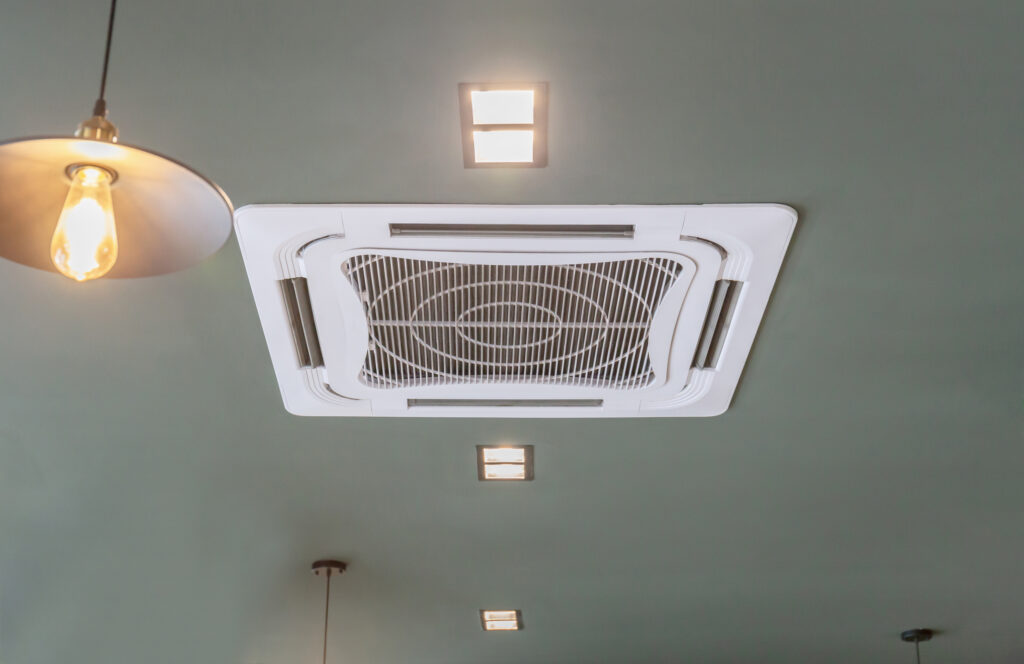
- Minimal Installation Work
Ductless HVAC systems are a great choice for when an owner wants minimal intrusive work done to a finished building. Not only that, but because of their minimal installation, it makes them a good fit for additional rooms and small apartments too. For installation of ductless wall-mounted indoor units, the most popular choice for them only requires a small hole in the wall for wiring and other necessities. Ductless HVAC units can also be added to buildings that have no pre-existing ductwork saving owners money as they are less expensive than adding all new ductwork to an old building.
The pros of ductless HVAC systems show exactly why so many HVAC owners choose them over traditional HVAC systems. Knowing at least a few, but crucial pros of ductless HVAC systems can help owners be educated going forward for when they decide if ductless systems are the best choice for their HVAC needs or not.
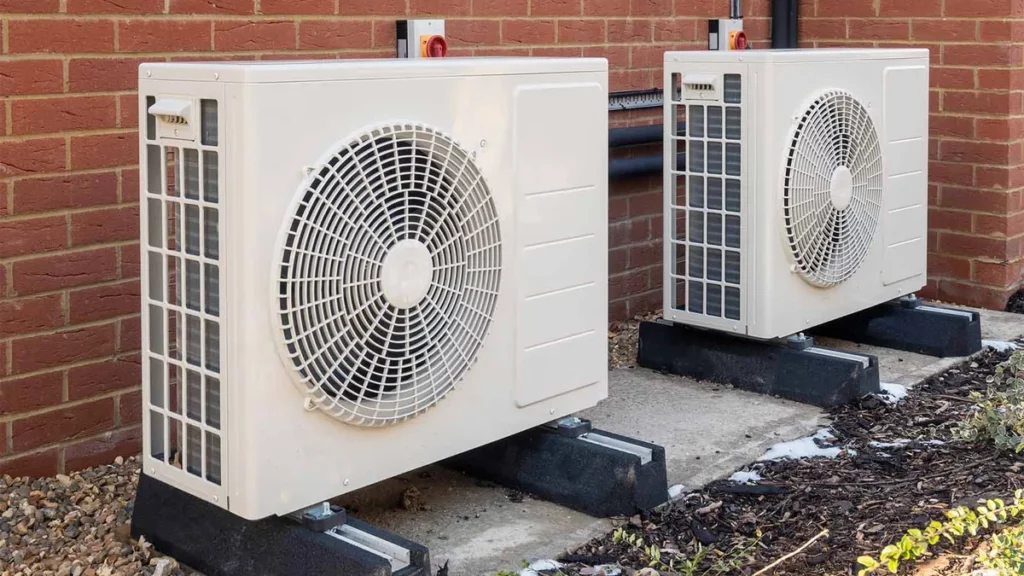
What Are the Cons?
While there are several pros to having ductless HVAC systems, there are a few cons to be considered. Some cons are how costly they are, the high maintenance they require, and that they can be aesthetically displeasing. In this section, we will go into some detail about the cons mentioned above and how they may affect an HVAC owner’s decision to own a ductless system or not.
- Costly
While ductless HVAC systems are a great choice for buildings without ductwork, room additions, and small apartments, they can be expensive. They can also cost more than they are worth in buildings that already have pre-existing ductwork. For example, installing multiple ductless indoor units with pre-existing ductwork is not cost-effective unless an owner needs different temperatures for each room. In that case, window units would likely be a better option than installing an entire ductless system, however, window units are known to be a security risk. Sometimes the cost of ductless HVAC systems just doesn’t make it a choice for every HVAC owner out there.
- High Maintenance
Ductless HVAC systems are higher maintenance than traditional HVAC systems. Because of their smaller coils, ductless HVAC systems require more cleaning than traditional HVAC systems. They also cannot handle a buildup of debris in them because they do not have ductwork. To put in perspective, traditional HVAC systems require filters to be changed, at the minimum, every three months; ductless HVAC units require filters to be changed every few weeks. Of course, these are not set guidelines, as several factors can affect how often filters should be changed, such as dust buildup, pet ownership, and HVAC problems. While ductless HVAC systems require a higher level of maintenance, they can last twenty years or longer if they are regularly maintained, making them a long-term investment.
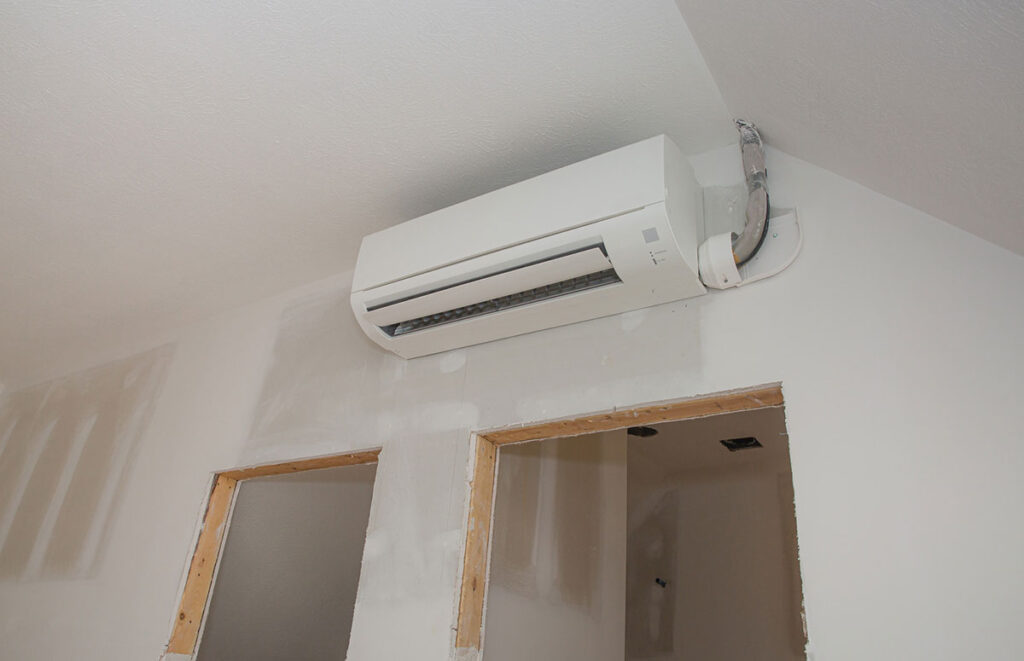
- Can Be Aesthetically Displeasing
Many customers find ductless HVAC systems to be aesthetically displeasing because of the bulky indoor units. Sometimes the indoor HVAC units can be hard to hide and stick out like sore thumbs. Regardless, there are several styles available for indoor units that owners can choose from. For example, some indoor units can be hidden in ceilings and walls. Only the fins will show while the rest of the unit is concealed. The problem of ductless HVAC systems being aesthetically displeasing can be easily solved as long as the HVAC owners have the money to spend.
The cons of ductless HVAC systems are something HVAC owners should know before deciding to purchase one or not. While some cons of them can be easily solved, others cannot. In the end, it is up to the HVAC owners to decide if the cons outweigh the pros.
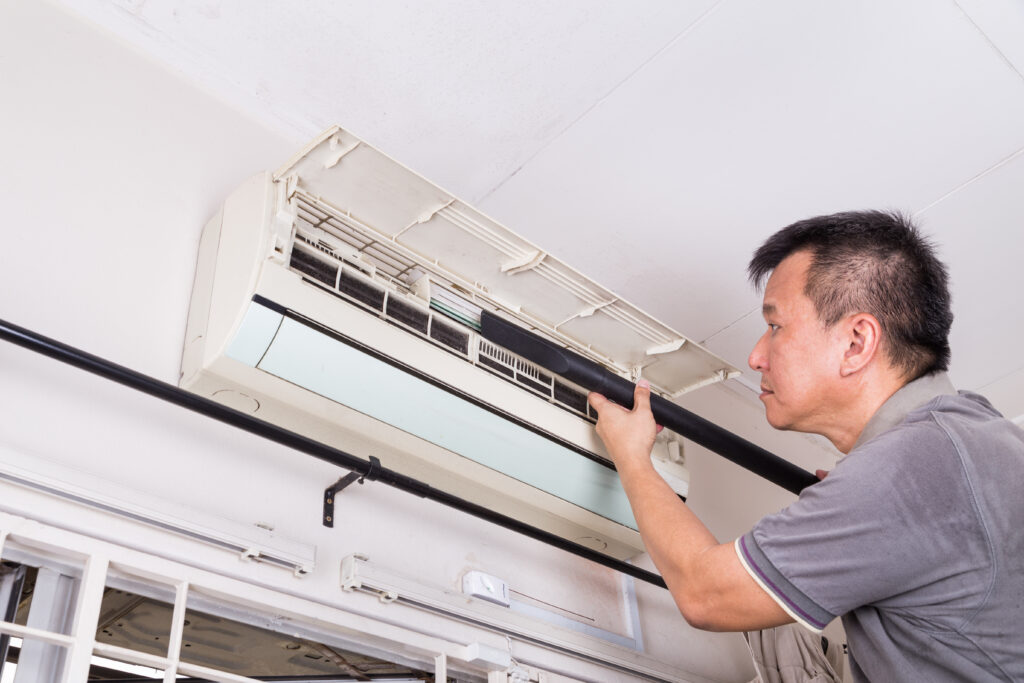
Conclusion
Ductless HVAC systems can be a great alternative to traditional HVAC systems. They work similar to them, but aren’t burdened with ductwork. They are flexible in placement and can be the perfect heating and cooling solution in buildings where traditional HVAC systems cannot be installed. In this blog post, we talked about what ductless HVAC systems are, how they work, and what the pros and cons of owning them are. We hope this blog post helped expand your knowledge of ductless HVAC systems. Do you live in Jefferson county or the surrounding areas and need your ductless HVAC system serviced? We can help! Call us at 636-475-9384. We would be happy to help you out with your HVAC needs.